The countdown clock ticks relentlessly toward launch day, yet your feet remain firmly planted on Earth. For those who dream of space travel but lack billionaire budgets or astronaut training, a new wave of terrestrial experiences offers the next best thing. Ground-based space simulation facilities are blurring the lines between science fiction and reality, allowing ordinary civilians to taste the extraordinary challenges and wonders of life beyond our atmosphere.
From the high deserts of New Mexico to remote corners of the Canadian Arctic, these facilities recreate the physical and psychological conditions astronauts face. The Mars Desert Research Station, operated by the Mars Society, stands as a crimson-hued monument to human ingenuity. Its cylindrical habitat emerges from the Utah badlands like an artifact from humanity's interplanetary future. Crews of researchers and paying participants spend weeks conducting experiments while adhering to strict protocols - donning simulated space suits for exterior excursions, managing limited resources, and communicating with time-delayed "mission control."
What separates these modern simulations from the theme park attractions of yesteryear lies in their terrifying authenticity. At the European Space Agency's CAVES program, trainees navigate labyrinthine underground systems with only headlamps to cut through the absolute darkness. The isolation feels more profound than any VR headset could convey, teaching participants how human cognition unravels when deprived of environmental cues. Similarly, underwater habitats like NASA's NEEMO project use buoyancy to mimic lunar or Martian gravity, proving that sometimes the most alien landscapes exist beneath our oceans rather than above our atmosphere.
The psychological dimension proves equally fascinating. Facilities like HI-SEAS in Hawaii have demonstrated how six people crammed into a geodesic dome begin exhibiting behaviors straight from a spacecraft thriller - forming factions, developing idiosyncratic rituals, and sometimes communicating through Post-it notes rather than direct confrontation. These social dynamics interest space agencies and corporate sponsors alike, revealing how future lunar colonists or Mars-bound crews might maintain cohesion during years of confinement.
Commercial ventures have democratized access to these experiences. For roughly the cost of a luxury safari, companies like Space Perspective offer stratospheric balloon flights that reveal the curvature of Earth against the blackness of space. Meanwhile, Russia's Star City training center - once the exclusive domain of cosmonauts - now welcomes civilians to experience centrifuge G-forces and zero-gravity aircraft parabolic flights. The visceral reality of these simulations often shocks participants; vomiting during weightlessness training remains a rite of passage.
Technological advancements continuously raise the fidelity bar. Cutting-edge facilities incorporate augmented reality into spacewalk simulations, allowing trainees to "see" their spacecraft while maneuvering across mock exteriors. Advanced life support systems precisely replicate the recycled air and water constraints of actual space habitats. Perhaps most crucially, modern simulations account for the emotional weight of seeing Earth as a distant blue marble - some facilities use ultra-high-definition projections to recreate the Overview Effect that transforms astronauts' worldviews.
These terrestrial adventures serve multiple purposes beyond tourism. Pharmaceutical companies utilize microgravity simulations for drug research, while architects test next-generation habitat designs. The simulations also function as extended interviews for space agencies - many astronaut candidates first prove their mettle in these controlled extremes. For educators, they provide living laboratories to inspire STEM students with hands-on planetary science experiments.
As the space tourism industry accelerates, ground-based experiences will likely become prerequisite training rather than standalone adventures. Virgin Galactic already requires future spaceflight participants to complete preparatory programs at their New Mexico facility. This trend suggests a future where civilian spacefarers undergo months of simulation training - learning emergency procedures, adapting to confined quarters, and perhaps most importantly, determining whether their romanticized vision of space travel aligns with the demanding reality.
The ultimate value of these Earth-bound odysseys may lie in their ability to temper expectations. Participants quickly learn that space travel involves more checklist drudgery than cosmic wonder, more motion sickness than weightless euphoria. Yet for those who emerge from these simulations with their passion intact, the countdown to actual spaceflight begins with eyes wide open to both the perils and possibilities that await beyond our atmosphere.

By /Jul 8, 2025

By /Jul 8, 2025

By /Jul 8, 2025
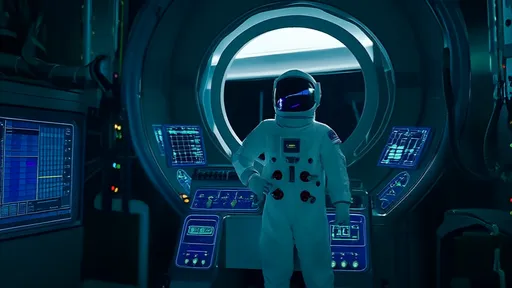
By /Jul 8, 2025

By /Jul 8, 2025
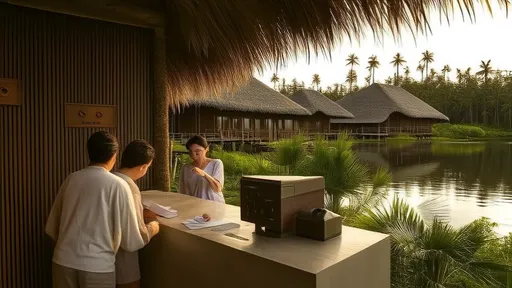
By /Jul 8, 2025
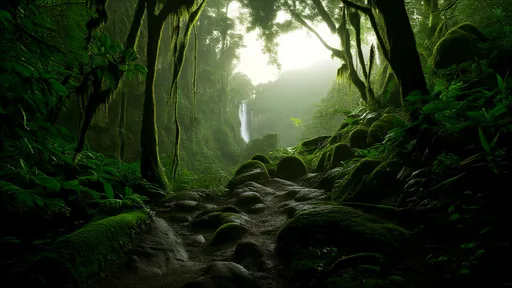
By /Jul 8, 2025

By /Jul 8, 2025

By /Jul 8, 2025
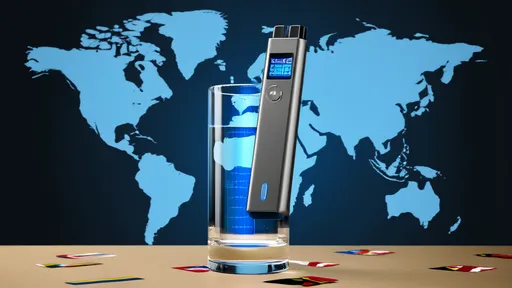
By /Jul 8, 2025

By /Jul 8, 2025

By /Jul 8, 2025

By /Jul 8, 2025

By /Jul 8, 2025
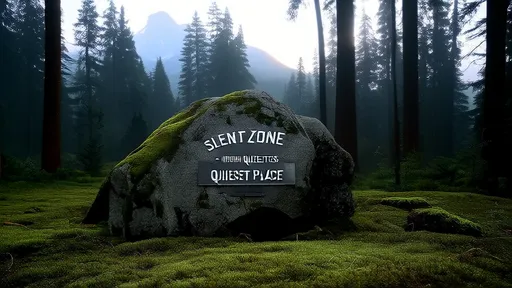
By /Jul 8, 2025

By /Jul 8, 2025

By /Jul 8, 2025

By /Jul 8, 2025